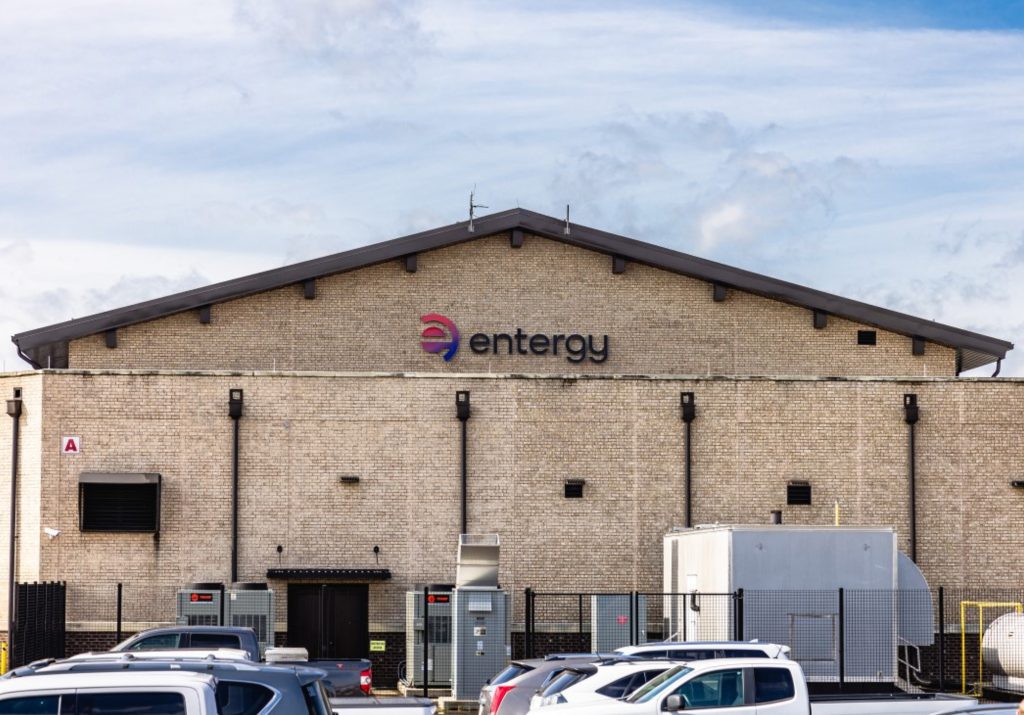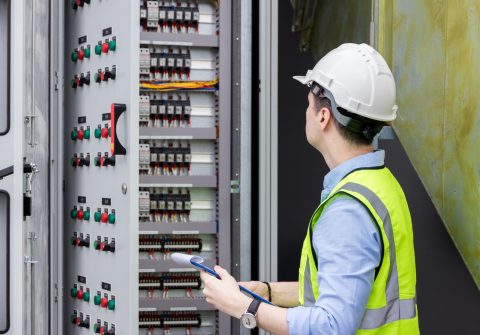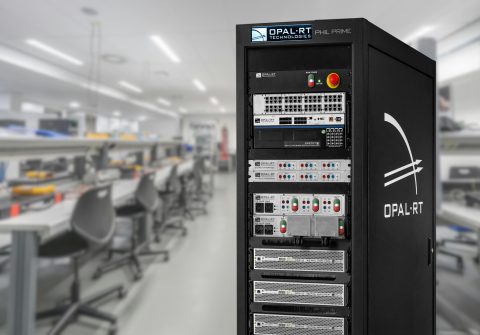An interview with Entergy’s Thomas Field: Inverter-based resource integration and modelling challenges

Thomas Field is Senior Engineer – Transmission at Entergy Mississippi, where he has worked for 15 years. He currently serves in the Design Basis group, managing the use of the OPAL-RT real-time simulator and working closely with the utility’s transmission protection standards team. He also oversees the utility’s collaboration on university research initiatives.
Where does your interest in IBRs come from?
I was involved early on when we started integrating IBRs into the system and modifying our generator interconnection standard to accommodate them. Quickly, some issues became apparent with regards to power quality due to the new types of generation. Then, we became aware of additional issues with protection.
As time went on, more stakeholders started publishing on protection issues. For example, Schweitzer or the IEEE PSRC published on the oscillating apparent impedance that can be seen by protective relays, which will fool the dynamic mode characteristics on traditional impedance-based relays. We were aware of the insufficient negative sequence current for polarization on directional elements and for ground fault detection.
The IEEE 2800 standard came out and gave some guidance on negative sequence requirements for IBRs. Of course, there are issues with overcurrent elements, meaning that when you have an IBR on and a contingency where the stronger part of the system is removed, you don’t have much fault current for tripping overcurrent elements.
Now, in addition to the relay functions, there are also issues with the models for setting the traditional elements in our short circuit program.
What issues do you generally see with IBR models?
A lot of parameters in the model are kept hidden through blackboxes, and the only interface that a system operator has with the manufacturer is the initial interconnection request. Meanwhile, the need for updated models and settings within those models arises, with users needing additional model data, both steady state, such as the voltage-controlled current source (VCCS) table, and transient models.
With traditional generators, it was easy to obtain mechanical and electrical model parameters, including governors, power system stabilizers, and voltage regulators. It was also easy to get updates from the owners when those parameters changed. IBRs, on the other hand, are new, with a wide range of models that are not easily understood. We want models that help us better understand the system and improve its reliability.
What types of system behaviors have been most challenging to study due to current IBR modeling limitations?
Performing protection studies! Another type of study that we’re starting to look at is interactions with other devices such as FACTS devices, other IBRs, other power electronic devices, or control devices, where the output of one affects the system in one way, and then other devices respond.
We have seen this in simulations with DERs, where we found that the solar DERs could have a ratcheting interaction with our load tap changers on the transformers at the substation, causing the DER and LTC to change each other’s output in cascades.
Those tests have not been run yet for IBRs due to the lack of sufficient IBR models to run in real time. We are currently working with OPAL-RT to obtain real manufacturer models from specific vendors. For SVCs, for instance, we use manufacturer replicas with the actual control boards in them to determine their performance on the system under various conditions. Now that we’re adding IBRs, we should be running studies to look at interactions between those SVCs and the IBRs in the vicinity, to see if we can have similar interactions.
What challenges do manufacturer blackboxing practices pose to your current study timelines?
Since blackbox models are typically provided in PSCAD format, and with the information that our interconnection customers currently provide us with, we need the collaboration of manufacturers to facilitate their conversion into real-time simulation models. These are critical studies, it is essential that we find a reliable method to obtain usable models.
Our real-time simulations are conducted with OPAL-RT’s HYPERSIM, and PSCAD blackbox models cannot be converted without additional information that manufacturers have not yet provided.
I would like to see regulations that require IBR owners to work more closely with utilities to update models and respond to the utility’s reliability improvement requests, even after the interconnection process.
Thomas Field
Senior Engineer Transmission at Entergy Mississippi
As you’ve taken an interest in IBRs for many years, have you seen positive changes that make you hopeful for the future?
In the early stages, devices were being connected to the grid without standards or formal requirements in place to address the issues they could introduce. NERC has contributed through its working groups, and IEEE has been advancing this work through efforts like IEEE 2800, though there is still a need for more improvements. Revisions are expected in upcoming documents. NERC has continued to strengthen its requirements, and we’re seeing ongoing updates from groups like CIGRE as well.
We’re also seeing progress through research efforts, particularly from EPRI, which has collaborated with short-circuit program developers, specifically Aspen and CAPE, as noted in their published work. Those programs continue to evolve, with new models being added and reliability improving.
Are there technical innovations that you think will make IBR integration easier in the long run?
One innovation I’m hopeful for is traveling wave relays for line protection. These relays don’t rely on the output of a short circuit program but only depend on the line impedance. I’m optimistic that we will see more traveling wave relays deployed, which should improve protection reliability by eliminating the need to wait for short circuit programs and manufacturer models.
What regulatory changes do you expect will bring down barriers to accessing IBR model information?
We need a better mechanism for obtaining models and model support from interconnections, whether from the OEM or the interconnection owner. We also need a process that ensures information is communicated as modeling needs emerge and as manufacturer models, firmware, and hardware are updated. Currently, there is a lack of communication mechanisms between manufacturers, owners, and utilities.
I would like to see regulations that require IBR owners to work more closely with utilities, particularly to update models and respond to the utility’s reliability improvement requests, even after the interconnection process has been completed.
IBR owners would also benefit from collaborating with utilities, as it would improve the reliability of the systems they are connected to. I hope the ongoing IEEE CIGRE standardization efforts will prompt NERC to require manufacturers to provide models in formats that are adaptable across EMT simulation platforms.



